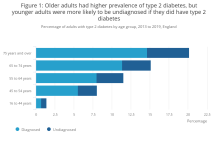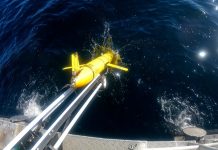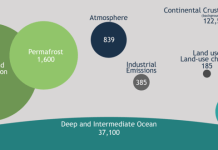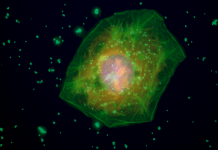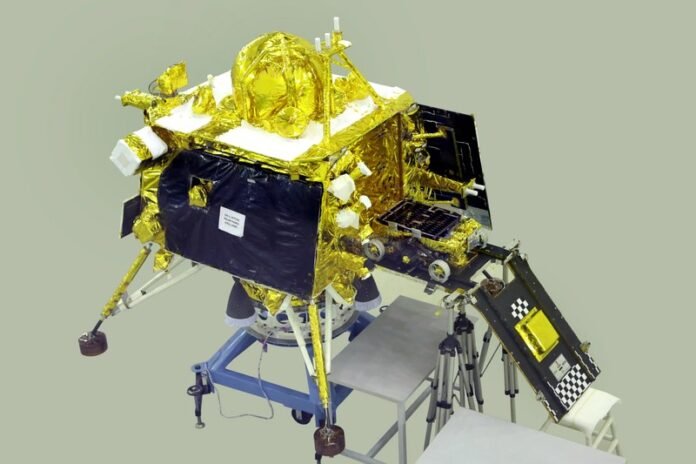India’s lunar lander Vikram (with rover Pragyan) of Chandrayaan-3 mission has safely soft landed at high latitude lunar surface on south pole along with respective payloads. This is first lunar mission to land on high latitude lunar south pole where presence of water/ice is confirmed.
Chandrayaan-2 mission had earlier failed to achieve lunar soft landing when its lander had crash landed on lunar surface on 6th September 2019 due to technical snag.
With successful technology demonstration of lunar soft-landing capability, ISRO’s moon exploration mission has achieved an important milestone towards its future interplanetary missions. India has thus become fourth country in the world (after USA, former USSR and China) to have “lunar soft landing” capability.
Recently, Russian lunar lander mission Luna-25 attempted soft landing on moon’s south pole on 19th August 2023 but unfortunately crash landed and failed. However, Russian authorities announced to remain in lunar race. Russian lunar programme had a long pause. Their last successful lunar mission was in 1976 when Luna 24 of Soviet Union had successfully returned lunar samples to the Earth.
After a long pause since Appolo 17 mission in 1972, USA’s NASA is to embark on its ambitious Artemis Moon Mission designed to establish human presence on moon towards the objective of deep space human habitations on Mars.
Both USA and Russia (as successor of USSR) are long established players in space technology. Their highly successful lunar missions achieved key milestones over half a century ago and have remained shelved since mid-seventies until recently.
China and India are relatively new entrants (compared to USA and Russia). Chinese lunar programme began in 2007 with launch of Chang’e 1. Their Chang’e 3 moon mission demonstrated soft-landing capability in 2013. China’s last lunar mission Chang’e 5 achieved sample return capability in 2020. Currently, China is in process of launching crewed moon mission. On the other hand, India’s lunar programme began in 2008 with Chandrayaan 1 mission. After a gap of 11 years, Chandrayaan 2 was launched in 2019 but this mission could not achieve lunar soft-landing capability.
***


















